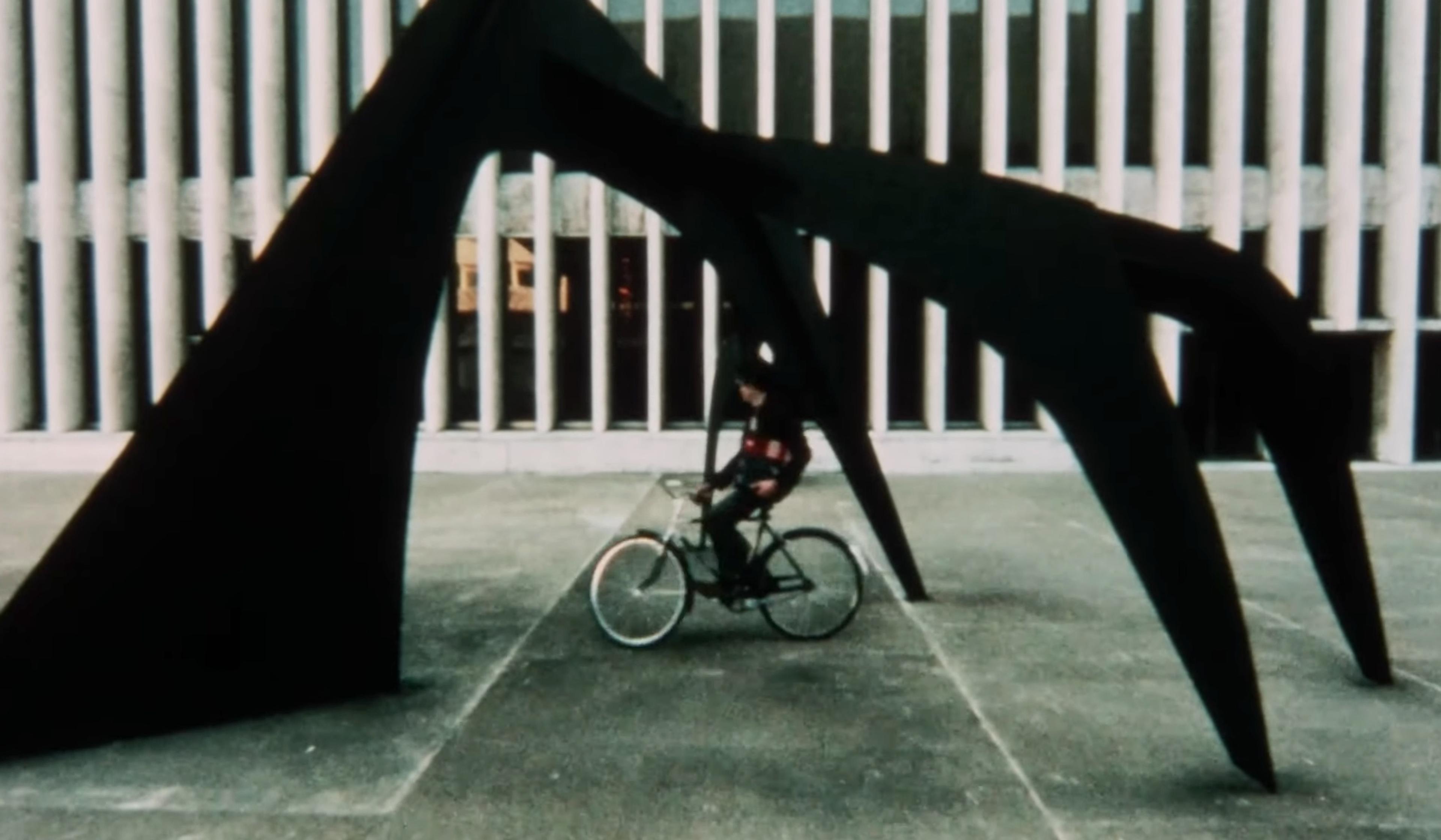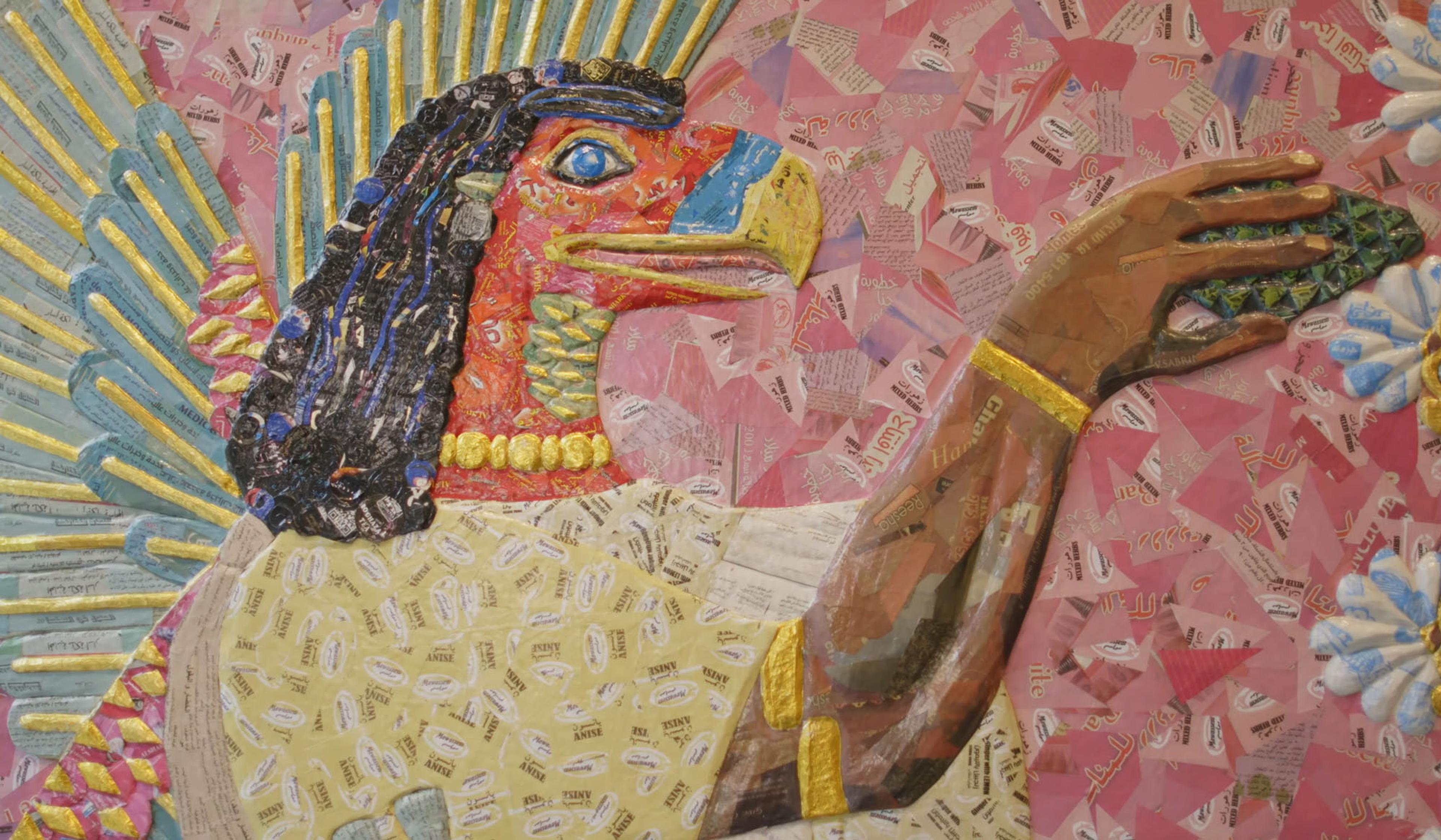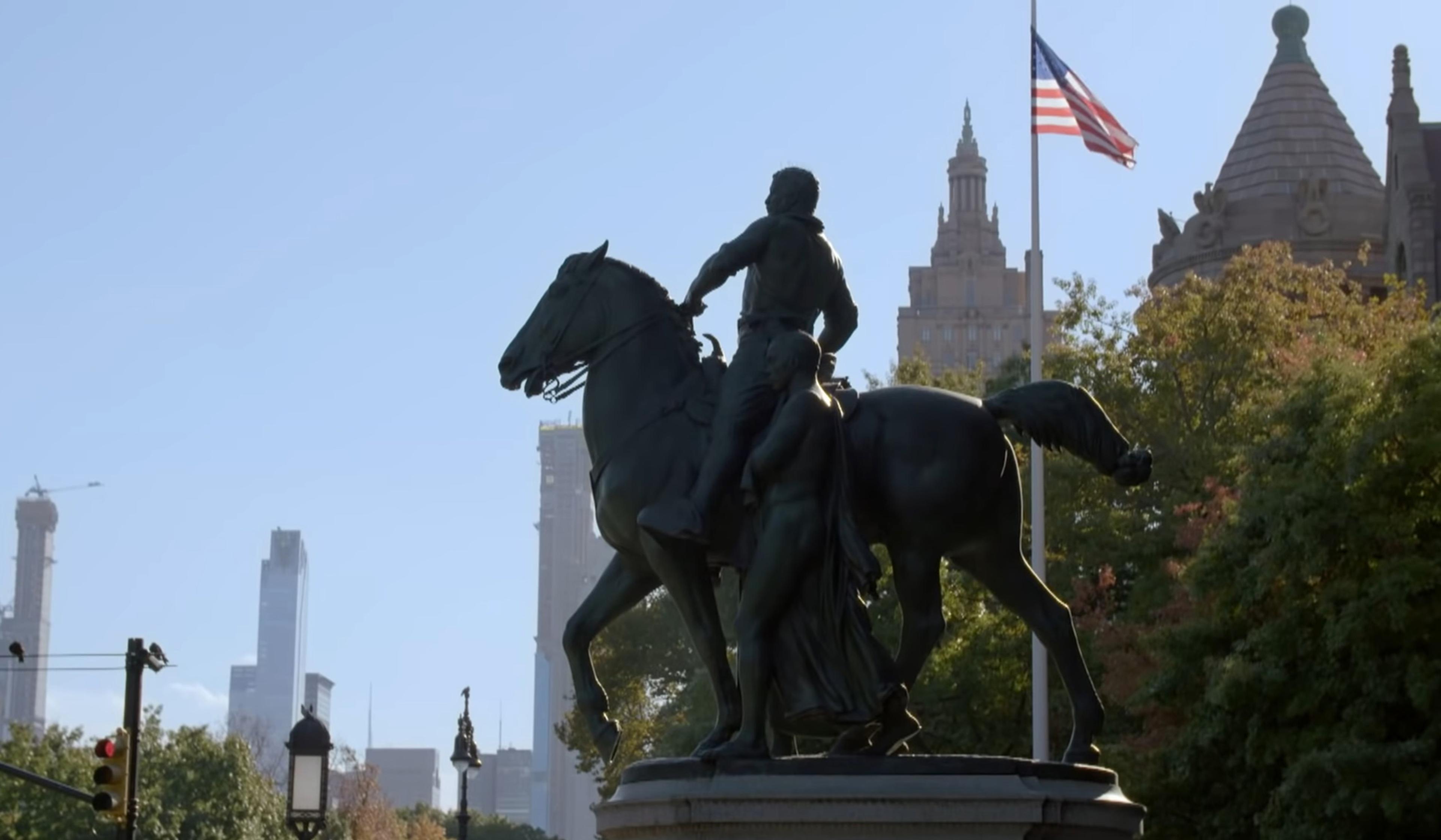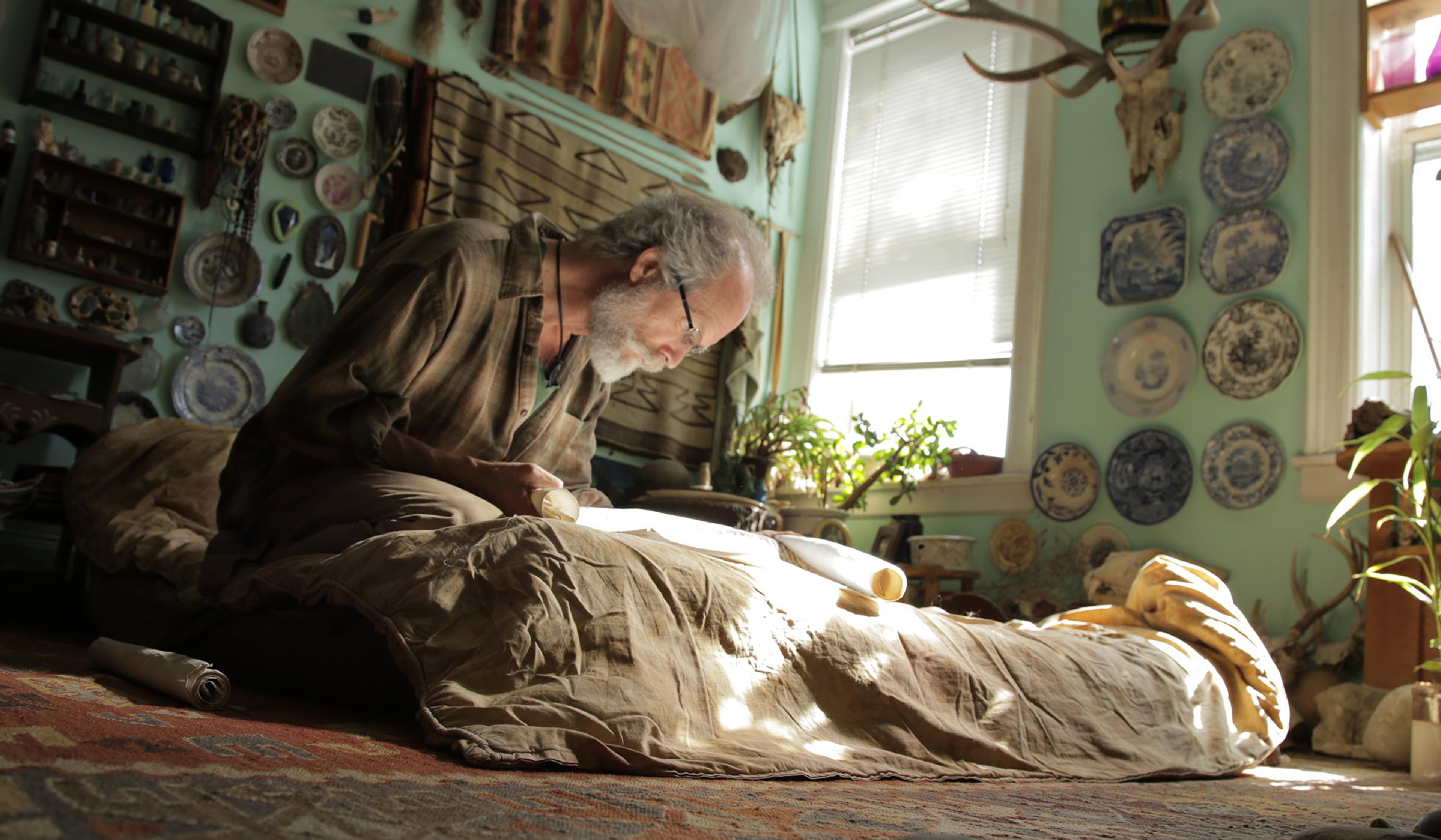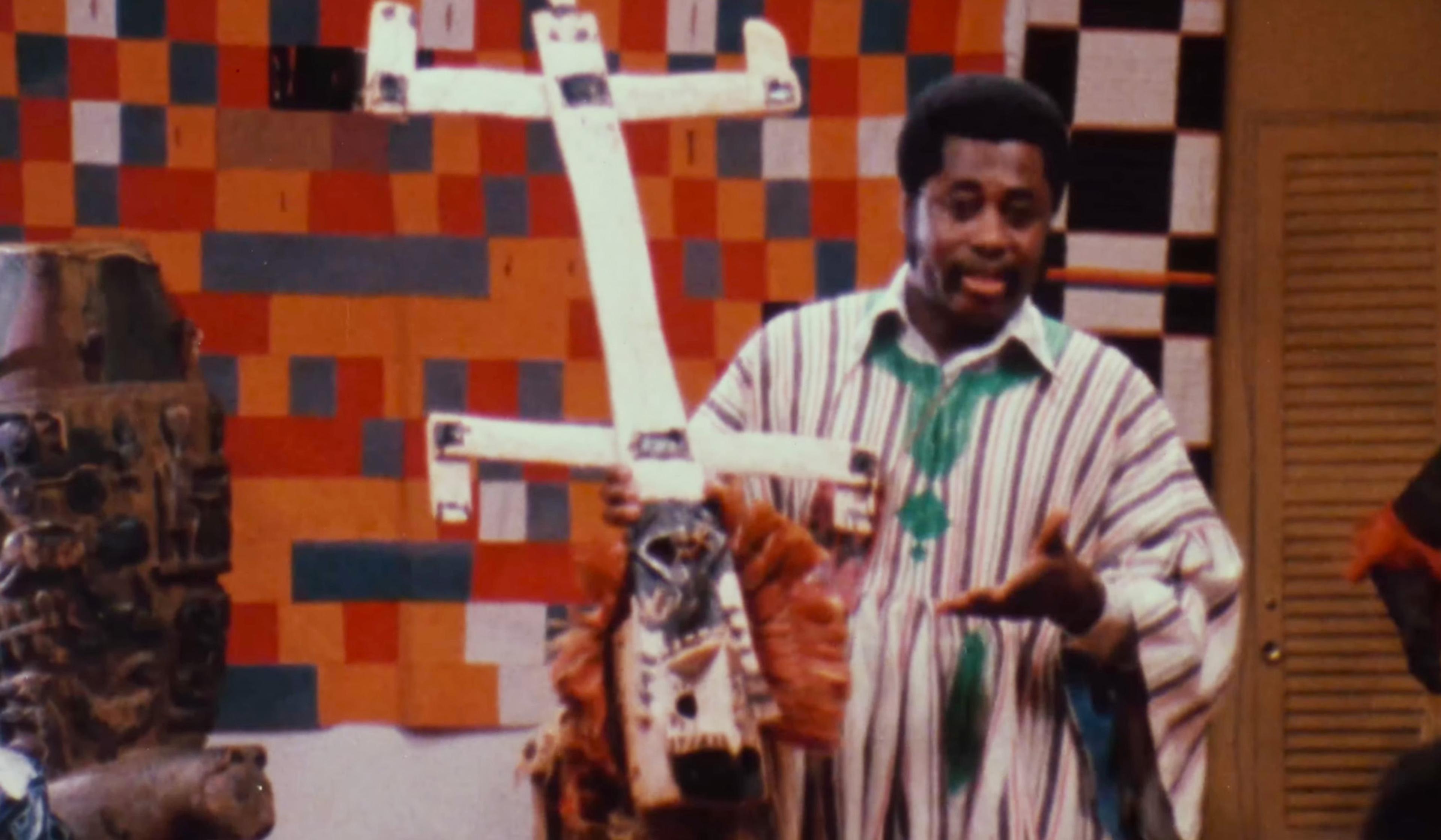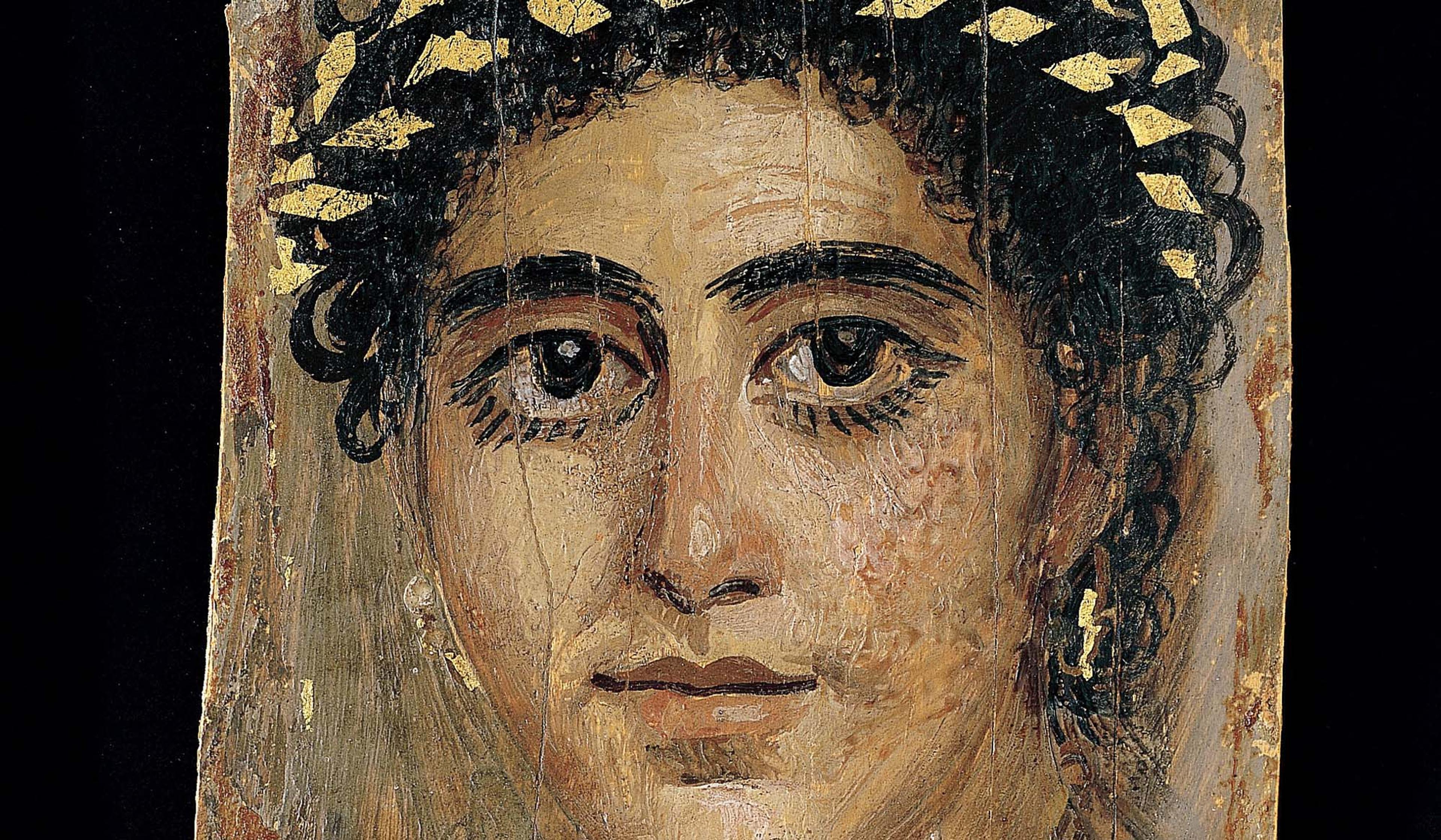In 1961, 23-year-old Michael C Rockefeller took part in two voyages to remote stretches of southwest New Guinea, where the Indigenous Asmat people had only recently begun regular contact with the outside world. There, he became captivated by Asmat art and culture, particularly their intricate woodcarvings and burial masks, which he purchased from local craftsmen and elders with an intent to display them in New York City. However, during his second expedition in November 1961, Rockefeller’s boat overturned and his body was never recovered.
In 1969, his father, then New York State governor Nelson Rockefeller, donated these collected artworks, along with others in his personal collection, to the Metropolitan Museum of Art in New York City (aka The Met). In 1982, they would be displayed in the museum’s new Michael C Rockefeller Wing, featuring art from ‘Africa, the Ancient Americas and Oceania’. Following years of renovation, in May 2025 the Michael C Rockefeller Wing was reopened to acclaim for its expansive majesty, as well as criticism for its perceived failure to address why these works should remain on display in New York City at all.
Featuring personal photographs and journal entries captured by Rockefeller on his expeditions, this short film makes for an intimate and immersive look at his encounters with Asmat culture, including images of those he met along the way. It concludes with footage of the present-day Asmat artists keeping local cultural practices alive. More than just a glimpse into the region’s art and culture, the piece raises challenging, enduring questions about colonialism, exploitation and ownership.
